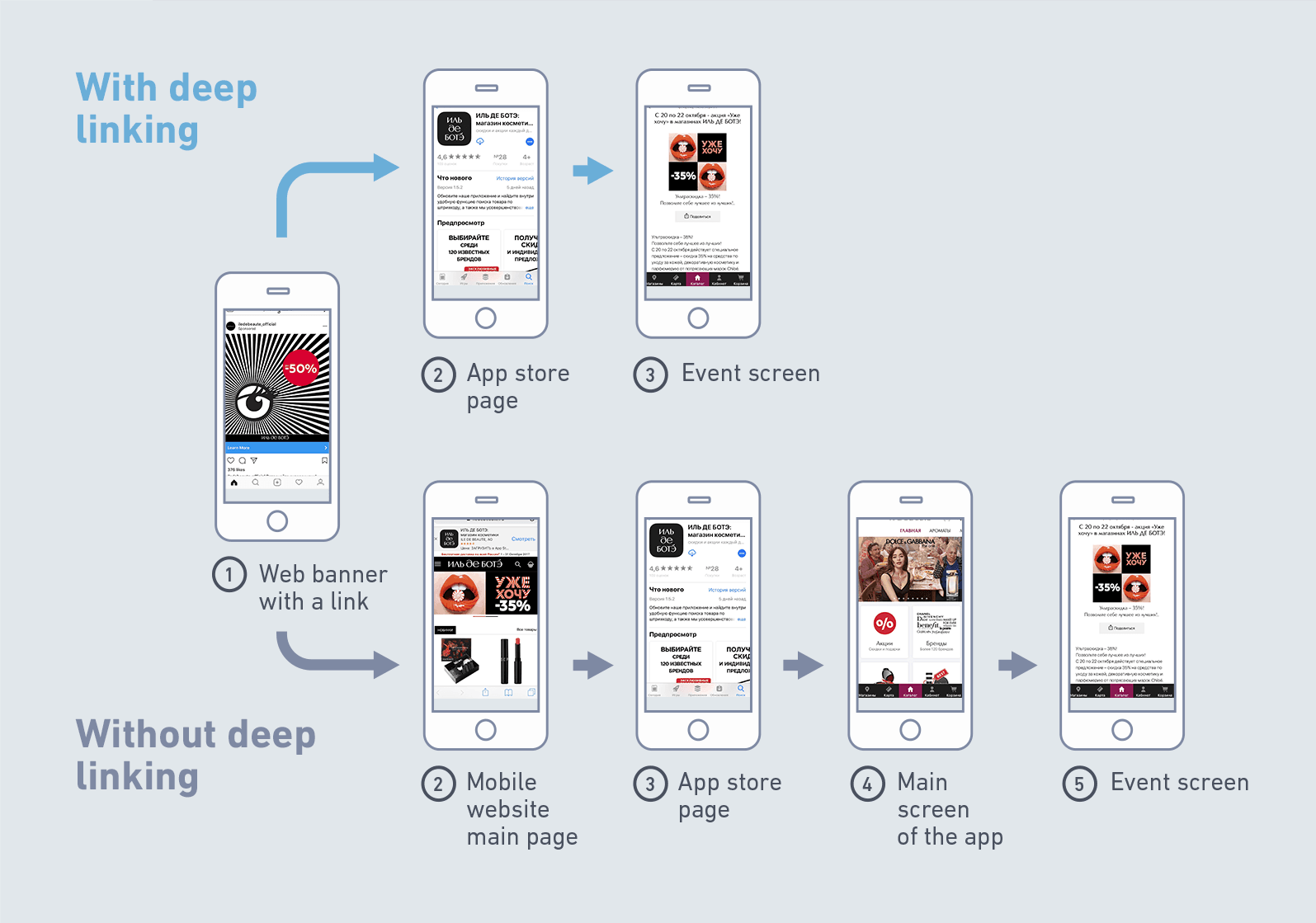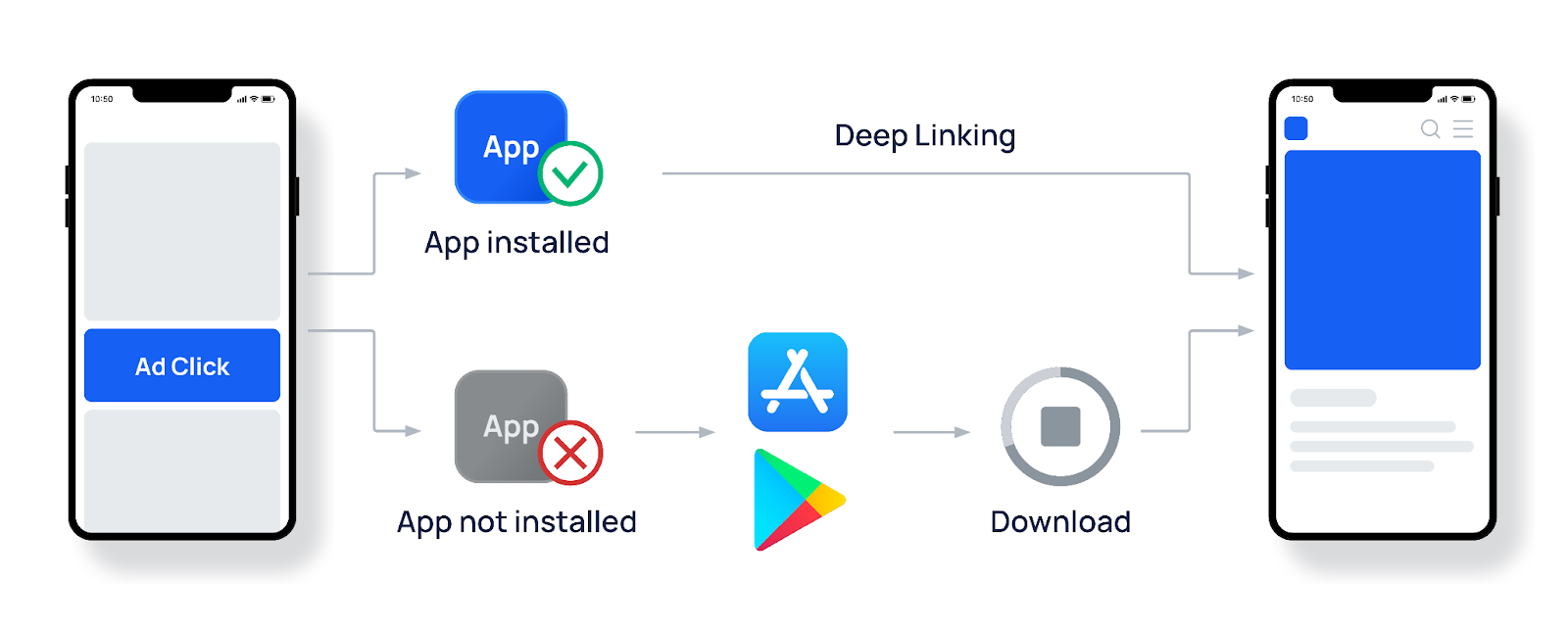Listen up, folks. Deep hot link is not just some buzzword floating around the digital world. It's a powerful tool that can transform how you navigate, share, and optimize content online. Whether you're a tech-savvy individual or a business looking to boost your online presence, understanding deep hot linking is crucial. So, buckle up because we're diving deep into this topic, and I promise it's going to be a wild ride.
Now, let me break it down for you. Deep hot linking isn't as complicated as it sounds. It's basically a technique where you directly link to a specific part of a webpage or even an image hosted on someone else's server. Sounds simple, right? But it gets more interesting when you realize the implications it has on SEO, user experience, and even legal matters. Stick around, and we'll uncover all the juicy details.
In today's fast-paced digital era, knowing how to use deep hot linking effectively can give you a competitive edge. From enhancing user engagement to simplifying content sharing, the possibilities are endless. But, as with anything powerful, there are rules and best practices you need to follow. And that's exactly what we're here for—guiding you through the ins and outs of deep hot linking so you can make the most out of it.
Read also:Cowboys Cheerleaders Salary How Much Do They Really Make
What Exactly is Deep Hot Linking?
Alright, let's start with the basics. Deep hot linking refers to the practice of creating direct links to specific sections within a webpage or linking to resources like images or files hosted on another server. It's like having a VIP pass that takes you straight to the heart of the content without going through the main entrance. This technique is widely used across the web, and it plays a significant role in how content is consumed and shared.
For example, imagine you're reading an article, and you come across a section that's particularly interesting. Instead of sharing the whole article, you can create a deep hot link that leads directly to that specific section. This not only enhances user experience but also helps in directing traffic more efficiently. But hey, don't just take my word for it. Let's dive deeper into the mechanics of deep hot linking.
Why is Deep Hot Linking Important?
Here's the deal—deep hot linking is more than just a fancy trick. It's a strategic tool that can significantly impact your online strategy. For starters, it improves user experience by allowing users to access specific content quickly. This is especially useful for long-form content where navigating through the entire page can be a hassle. Plus, it enhances SEO by increasing the likelihood of users landing on your site through direct links.
Moreover, deep hot linking can simplify content sharing across platforms. Think about it. Instead of sharing a generic link, you can share a link that leads straight to the juicy part of the content. This not only grabs attention but also increases engagement. But remember, with great power comes great responsibility. Misusing deep hot linking can lead to legal issues and even harm your online reputation. So, tread carefully and always follow best practices.
The Technical Side of Deep Hot Linking
Now, let's get technical for a moment. Deep hot linking works by using anchor tags or direct URLs to point to specific sections of a webpage. For instance, if you want to link to a section titled "Benefits of Deep Hot Linking," you would create a link like this: Benefits of Deep Hot Linking. The "#benefits" part is what directs users to the specific section.
When it comes to linking to images or files hosted on another server, you simply use the direct URL of the resource. However, this practice can sometimes lead to bandwidth theft, where your server is burdened by hosting resources for others. To avoid this, many websites implement hotlink protection, which restricts direct linking to their resources. It's a balancing act between sharing and protecting your content.
Read also:Rickie Fowler Wife The Glamorous Life Behind The Scenes
Creating Effective Deep Hot Links
Creating effective deep hot links involves more than just slapping together a URL. You need to consider user experience, SEO implications, and the overall structure of your webpage. Here are a few tips to help you create deep hot links that pack a punch:
- Use Descriptive Anchor Text: Instead of generic phrases like "click here," use descriptive text that gives users an idea of what they're clicking on.
- Optimize for SEO: Incorporate relevant keywords in your anchor text and URLs to boost your SEO efforts.
- Ensure Accessibility: Make sure your deep hot links are accessible to all users, including those using screen readers.
- Test Your Links: Always test your deep hot links to ensure they work as intended and lead users to the correct sections.
Legal Implications of Deep Hot Linking
Alright, let's talk about the elephant in the room—legal implications. While deep hot linking can be a powerful tool, it's not without its legal challenges. One of the main concerns is copyright infringement. If you're linking to images or files hosted on someone else's server without permission, you could be violating their copyright. This is especially true if the content is protected by digital rights management (DRM) or similar technologies.
Another legal issue is bandwidth theft. When you deep hot link to someone else's resources, you're essentially using their bandwidth to serve your content. This can lead to increased server costs for the host and even legal action if they're not happy about it. To avoid these issues, always seek permission before deep hot linking to someone else's content, and consider hosting resources on your own server if possible.
Best Practices for Legal Deep Hot Linking
Here are some best practices to ensure your deep hot linking efforts are on the right side of the law:
- Seek Permission: Always ask for permission before deep hot linking to someone else's content.
- Respect Copyright: Make sure the content you're linking to is not protected by copyright or other legal restrictions.
- Host Your Own Content: Whenever possible, host images and files on your own server to avoid bandwidth theft issues.
- Monitor Usage: Regularly monitor how your content is being linked to and take action if you notice unauthorized deep hot linking.
Deep Hot Linking and SEO
Now, let's talk about the impact of deep hot linking on SEO. When done correctly, deep hot linking can significantly boost your search engine rankings. By creating direct links to specific sections of your webpage, you're making it easier for search engines to index your content. This, in turn, increases the chances of your content appearing in relevant search results.
Moreover, deep hot linking can enhance user engagement metrics, which are crucial for SEO. When users click on a deep hot link and find exactly what they're looking for, they're more likely to stay on your site longer and explore more content. This increases your bounce rate and session duration, both of which are positive signals for search engines.
Optimizing Deep Hot Links for SEO
Here are some tips to optimize your deep hot links for SEO:
- Incorporate Keywords: Use relevant keywords in your anchor text and URLs to improve your SEO rankings.
- Enhance User Experience: Make sure your deep hot links lead users to valuable content that meets their search intent.
- Use Structured Data: Implement structured data to help search engines understand the context of your deep hot links.
- Monitor Analytics: Use analytics tools to track the performance of your deep hot links and make data-driven improvements.
Real-World Examples of Deep Hot Linking
Let's look at some real-world examples of deep hot linking in action. One of the most common uses of deep hot linking is in blog posts and articles. Authors often create deep hot links to specific sections of their content to make it easier for readers to navigate. This not only enhances user experience but also encourages readers to explore more of the content.
Another example is in e-commerce websites. Many online stores use deep hot linking to direct users to specific product pages or sections of their site. This improves the shopping experience and increases the likelihood of conversions. By creating direct links to relevant content, businesses can streamline the customer journey and boost sales.
Case Studies: Successful Deep Hot Linking Strategies
Here are a couple of case studies that demonstrate the power of deep hot linking:
- Case Study 1: A tech blog increased its traffic by 30% after implementing deep hot linking to key sections of its articles. By making it easier for readers to find relevant information, the blog saw a significant increase in engagement and page views.
- Case Study 2: An e-commerce site boosted its conversion rate by 25% by using deep hot links to direct users to specific product categories. This simplified the shopping process and encouraged users to explore more of the site.
Tips for Mastering Deep Hot Linking
Mastering deep hot linking requires a combination of technical skills, strategic thinking, and a good understanding of user behavior. Here are some tips to help you become a deep hot linking pro:
- Understand Your Audience: Know what your audience is looking for and create deep hot links that lead them to the right content.
- Keep It Simple: Avoid overcomplicating your deep hot links. Keep them simple and easy to use.
- Monitor Performance: Regularly analyze the performance of your deep hot links and make adjustments as needed.
- Stay Updated: Keep up with the latest trends and best practices in deep hot linking to ensure your strategies remain effective.
Conclusion: Deep Hot Linking for the Win
And there you have it, folks. Deep hot linking is a powerful tool that, when used correctly, can transform how you navigate, share, and optimize content online. From enhancing user experience to boosting SEO and increasing engagement, the benefits are undeniable. But remember, with great power comes great responsibility. Always follow best practices and respect legal boundaries to make the most out of deep hot linking.
So, what are you waiting for? Start exploring the world of deep hot linking and take your online strategy to the next level. And don't forget to leave a comment, share this article, or check out some of our other content. Your feedback and engagement mean a lot to us, and we're always here to help you succeed in the digital world. Happy linking!
Table of Contents
- What Exactly is Deep Hot Linking?
- Why is Deep Hot Linking Important?
- The Technical Side of Deep Hot Linking
- Legal Implications of Deep Hot Linking
- Deep Hot Linking and SEO
- Real-World Examples of Deep Hot Linking
- Tips for Mastering Deep Hot Linking
- Conclusion


